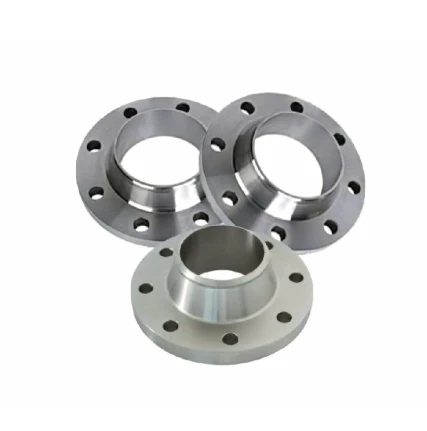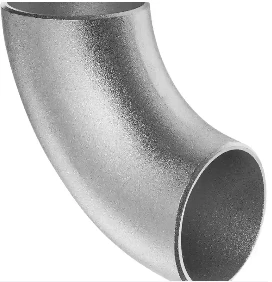Pipe Fittings
Butt welding pipe fittings are essential components in piping systems, designed to provide strong and durable connections between pipes. These fittings are created by welding the ends of the pipes directly to the fitting, forming a seamless joint that enhances structural integrity and fluid flow. Widely used in various industries, including oil and gas, chemical processing, and water treatment, butt welding fittings are crucial for ensuring reliable and efficient piping systems.Butt welding pipe fittings are commonly utilized in critical applications where strong, leak-proof connections are necessary.
-
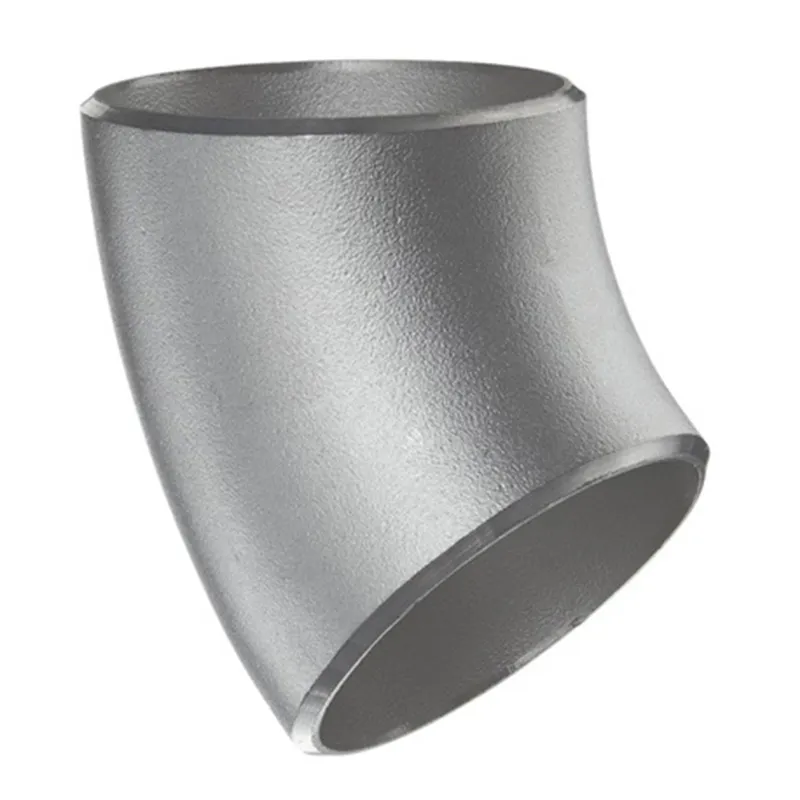
JIS B2311 Butt-Welding Fittings LR/SR 45°/90° /180°Seamless/Weld
-
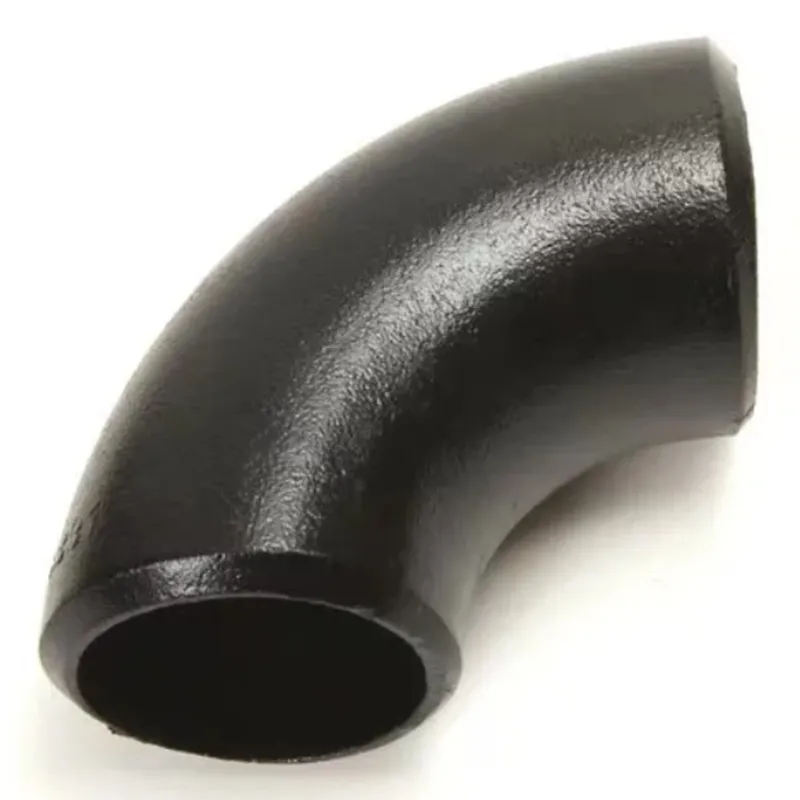
DIN2605-2617 Butt-Welding Fittings LR/SR 45°/90°/180° Seamless/Weld
-
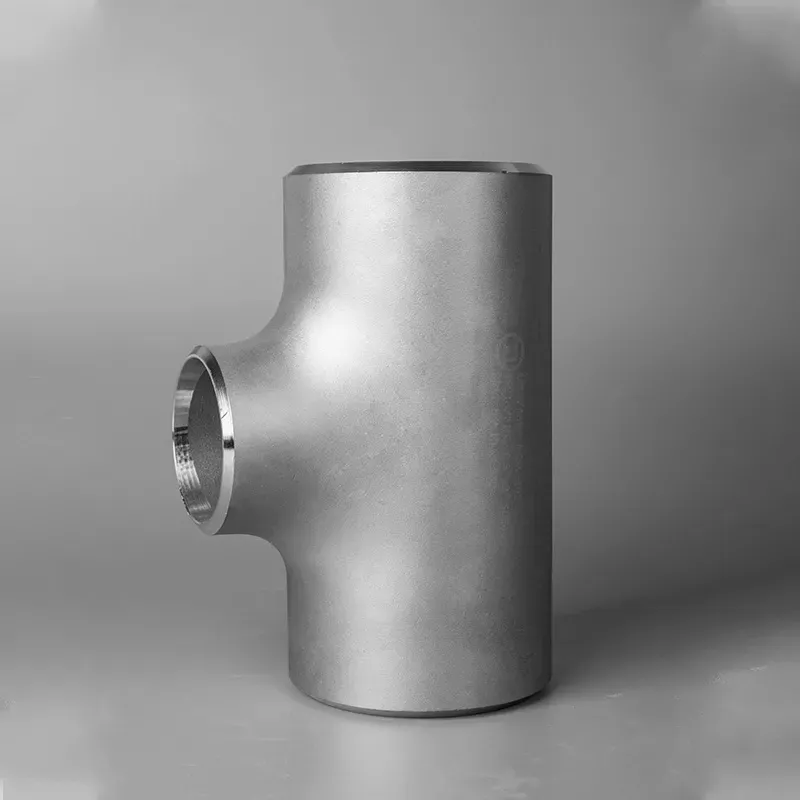
-
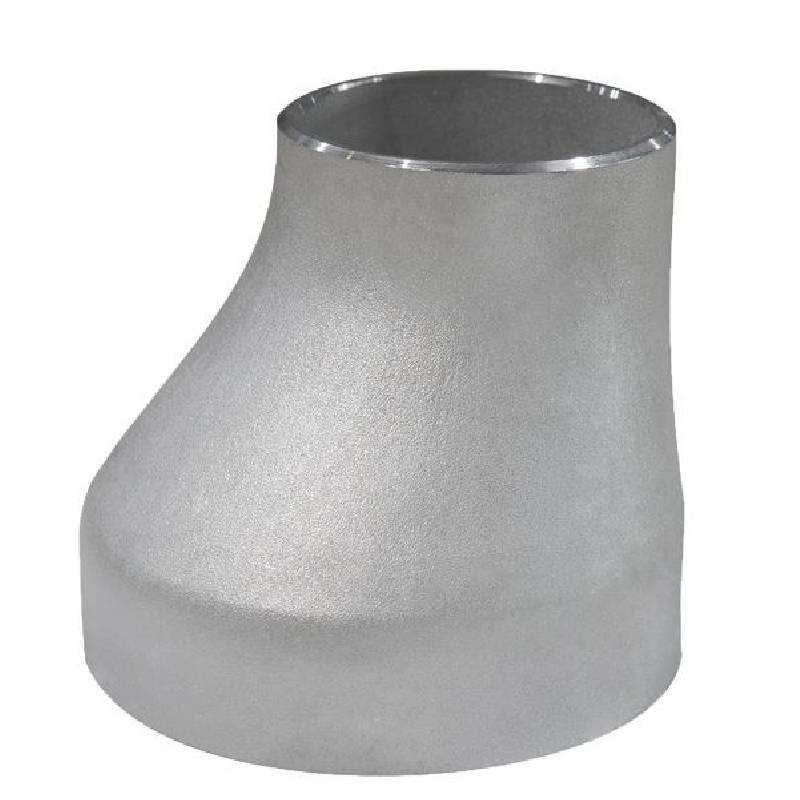
-
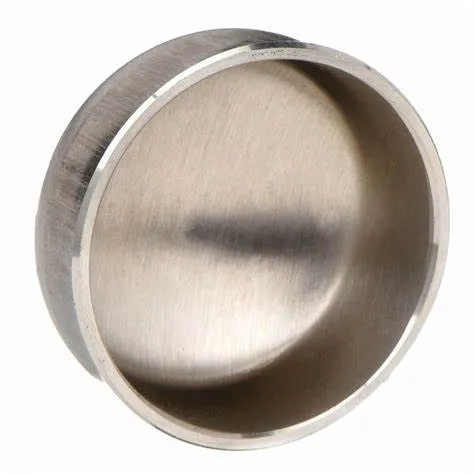
-

-
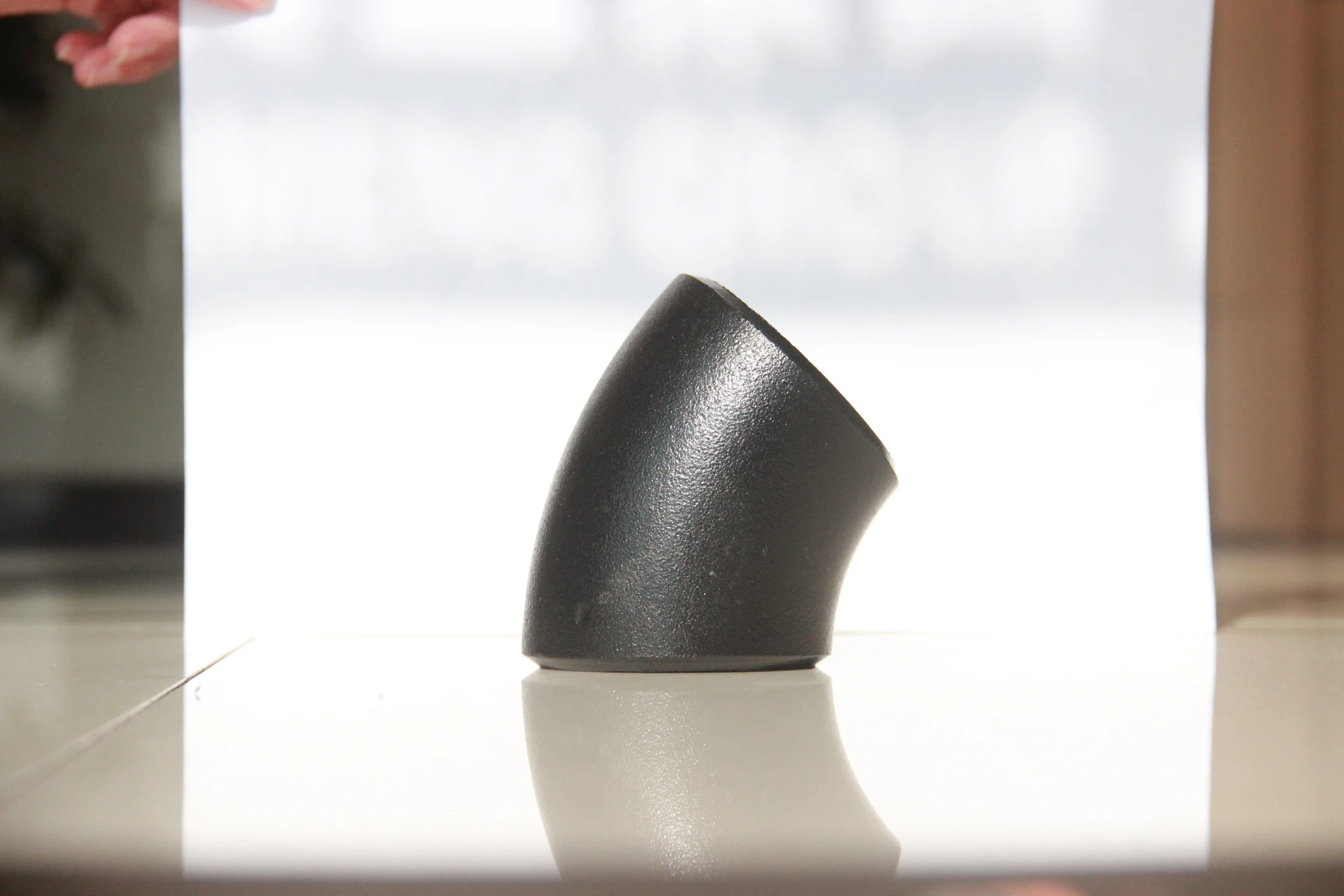
ANSI/ASME B16.9 BUTT-WELDING FITTINGS LR/SR 45°/90°/180° Seamless/Weld
-
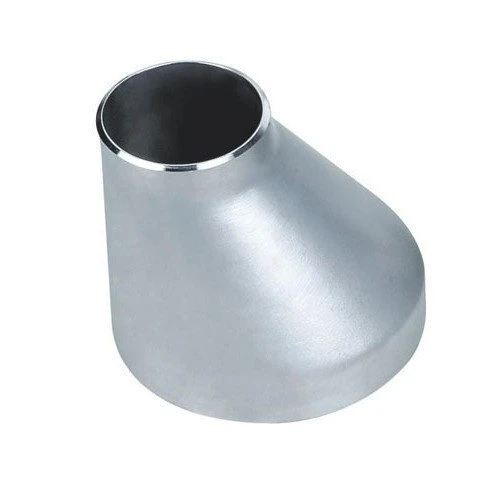
-
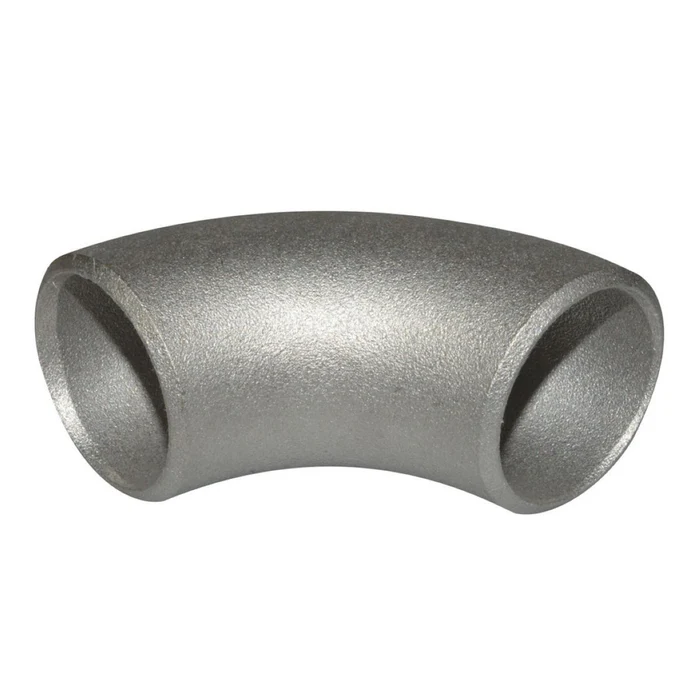
-
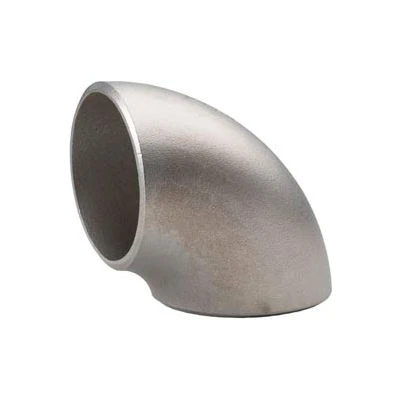
The Role of Butt Welding Pipe Fittings in Corrosion Resistance
Butt welding pipe fittings are critical components in various piping systems, known for their strength, durability, and ability to form leak-proof connections. One of the most significant advantages of these fittings is their role in corrosion resistance, making them ideal for industries where exposure to harsh environments is common.
Material Selection of Butt Welding Pipe Fittings
The corrosion resistance of butt welding pipe fittings largely depends on the materials used in their construction. Common materials include carbon steel, stainless steel, and alloys designed to withstand specific corrosive elements. Stainless steel, for example, contains chromium, which forms a protective oxide layer on the surface, effectively preventing rust and corrosion. For environments where aggressive chemicals are present, specialized alloys can be utilized to enhance corrosion resistance further.
Seamless Connections of Butt Welding Pipe Fittings
Another factor that contributes to the corrosion resistance of butt welding pipe fittings is the seamless nature of the connections. Unlike mechanical fittings, which may have threads or joints that can be prone to leakage and corrosion over time, butt welded joints create a continuous flow path. This eliminates crevices where corrosive substances can accumulate, significantly reducing the risk of corrosion and extending the life of the piping system.
Preventative Measures About Butt Welding Pipe Fittings
To maximize the corrosion resistance of butt welding pipe fittings, proper installation and maintenance are essential. This includes ensuring that the welding process is executed correctly to avoid defects, as well as regular inspections to identify any signs of wear or damage. Additionally, applying protective coatings can further enhance the resistance of these fittings to environmental factors.
The Advantages of Butt-Welding Pipe Fittings in High-Pressure Applications
In high-pressure applications, reliable pipe fittings are essential to maintaining the integrity, safety, and efficiency of piping systems. Butt-welding pipe fittings are particularly well-suited for these demanding environments, offering durability, seamless connections, and resistance to leaks and pressure drops, making them the go-to choice in industries like oil and gas, petrochemicals, and power generation.
Enhanced Strength and Durability With Butt-Welding Pipe Fittings
Butt-welding fittings are constructed to withstand high-pressure conditions thanks to their design and welding process. Unlike threaded or socket-weld fittings, which may have structural vulnerabilities, butt-welded connections form a single, continuous piece with the pipe. This seamless connection distributes pressure evenly across the fitting, reducing weak points and the risk of cracks or leaks. As a result, these fittings provide enhanced structural integrity and prolonged durability in challenging environments.
Leak-Proof, Seamless Connections of Butt-Welding Pipe Fittings
One of the primary advantages of butt-welding fittings is their ability to create leak-proof connections. The welding process fuses the fitting and pipe together, eliminating gaps or threads where leaks can form under high pressure. This feature is critical in industries handling high-pressure fluids, gases, or chemicals, as even minor leaks can lead to significant safety hazards and operational downtime. The smooth, continuous connection also improves flow efficiency, reducing pressure drop and turbulence within the pipeline.
Improved Corrosion Resistance and Maintenance With Butt-Welding Pipe Fittings
Butt-welding fittings are commonly made from corrosion-resistant materials like stainless steel or alloy steels, which can withstand extreme pressures and corrosive environments. Additionally, the welded connection requires less maintenance than threaded alternatives, as there are no exposed areas prone to corrosion. This combination of material and design ensures the longevity of the piping system, reducing repair costs and extending the system's operational lifespan.






